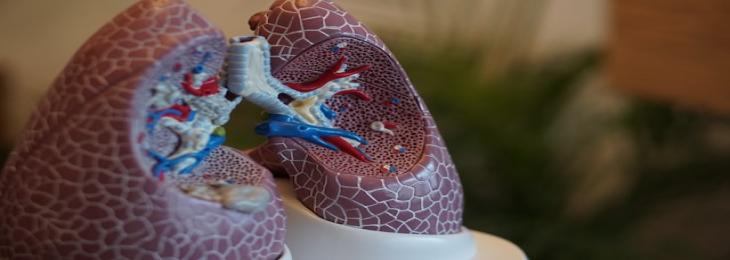Oct, 2022 - By WMR

The liver's capacity for regeneration is well established.
Even after having two-thirds of its bulk surgically removed, it may fully regenerate. The liver can, however, ultimately become damaged due to pharmaceutical side effects, alcohol addiction, or obesity.
Currently, liver transplantation is the only viable therapy for end-stage liver disease.
There aren't many organs available for transplantation, though. In the US, patients may have to wait anywhere from 30 days and more than 5 years to acquire a liver for transplant. Only a little over 9,200 of the roughly 11,600 people who were eligible for liver transplants in 2021 actually received one.
But what if there was a medication that might aid the liver in self-regeneration rather than a liver transplant?
The Pittsburgh Liver Research Center's first director, I head a lab that looks at cancer and liver regeneration. My group and I discovered in our newly published research that in mice with severe liver damage or partial surgical excision, activating a specific protein using a novel medicine can aid in speeding up regeneration and repair.
Over 500 essential bodily processes are carried out by the liver, including the production of proteins that transport fat, the conversion of extra glucose into glycogen for storage, and the breakdown of poisons like ammonia.
Hepatocytes, or liver cells, use a divide-and-conquer tactic, also known as zonation, to accomplish these several duties. This divides the liver into three functional zones, and cells are instructed to carry out specialised activities by turning on certain genes present in each zone.
However, little is known about precisely how these genes are expressed.
My laboratory and other laboratories have discovered a collection of 19 proteins called Wnts during the past 20 years that are crucial in regulating liver function and regeneration.

We will be happy to help you find what you need. Please call us or write to us: